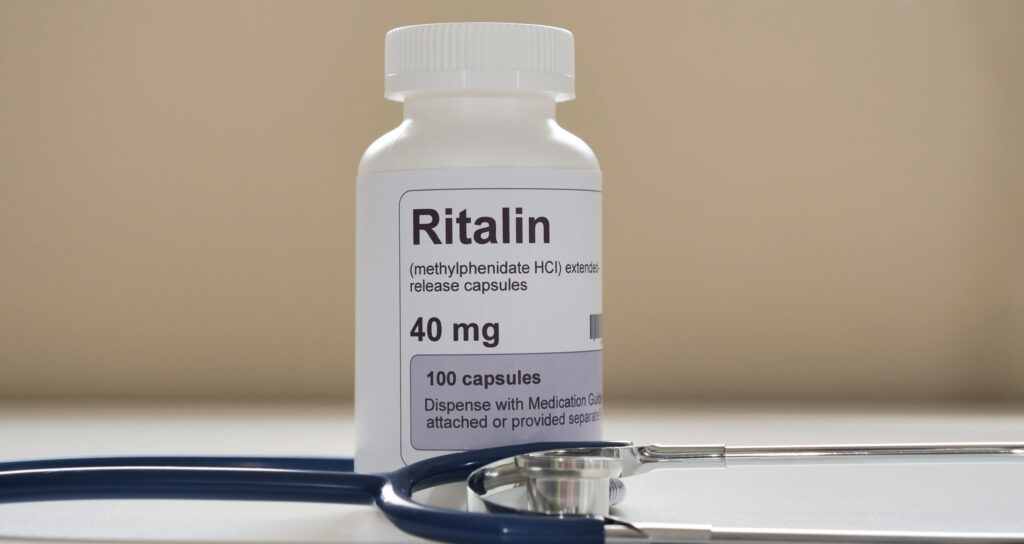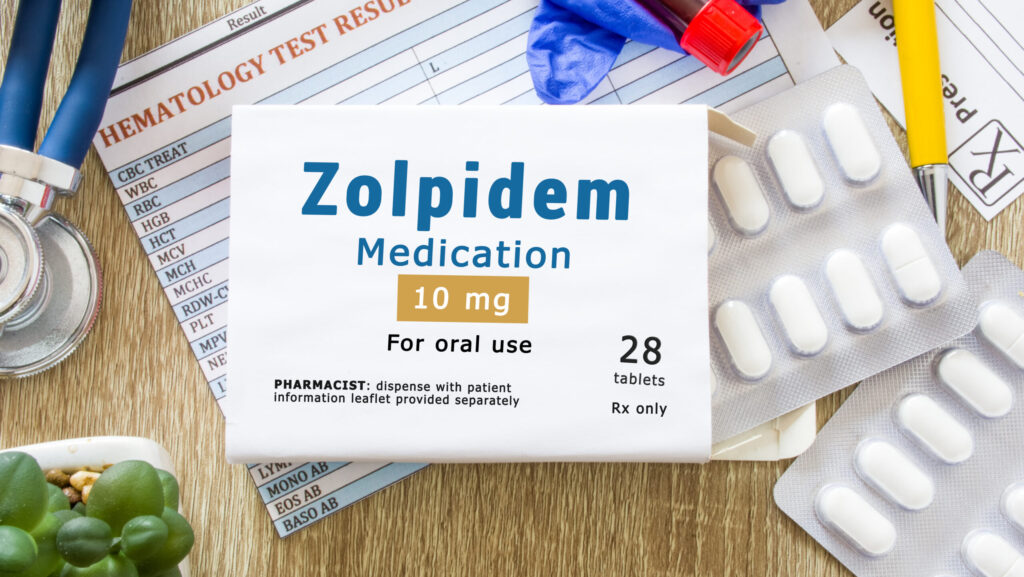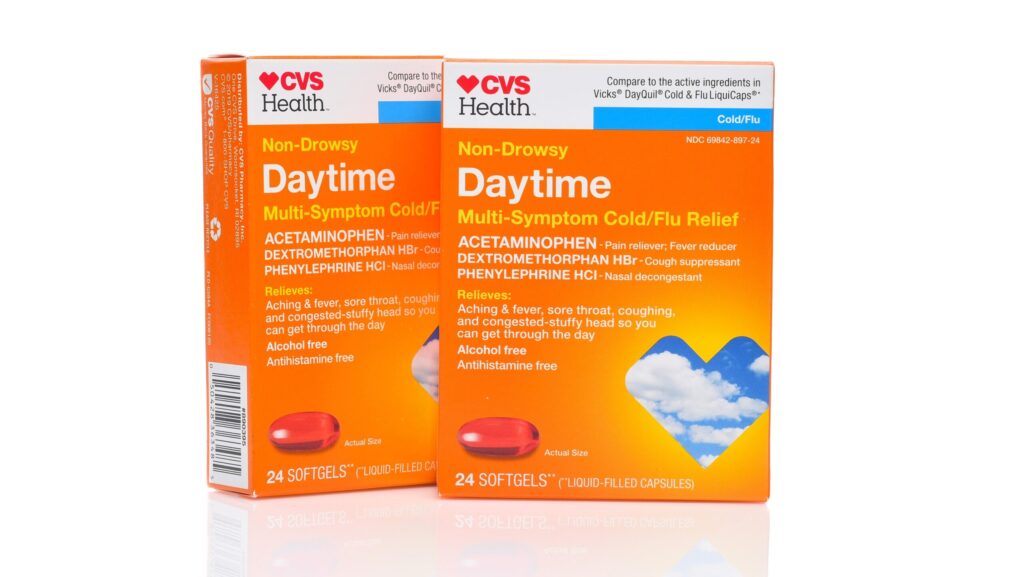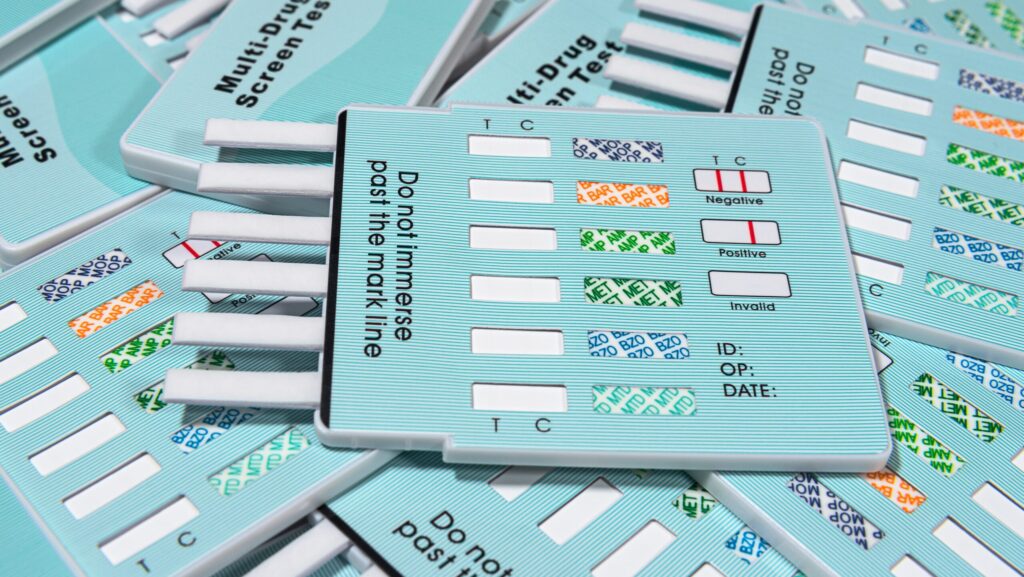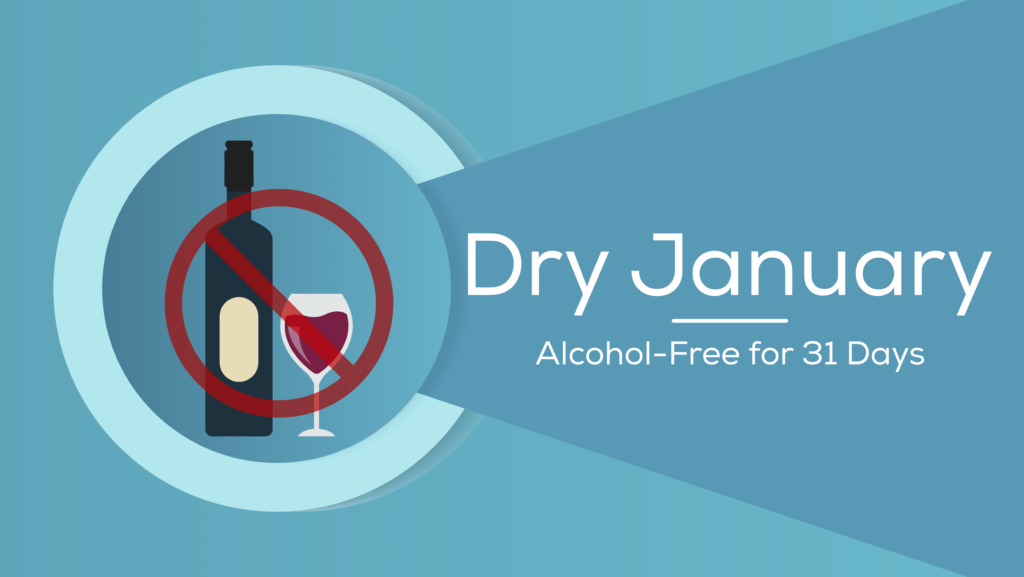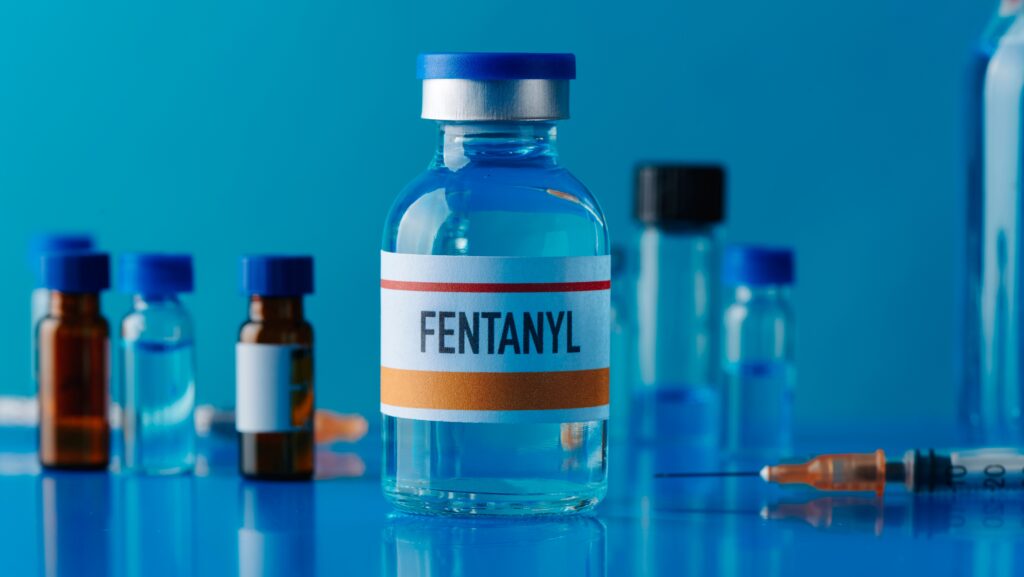Mental and Emotional Effects of Cocaine
Cocaine is one of the most addictive substances and can produce mental and emotional side effects when taken in excess. Cocaine is a strong central nervous system stimulant drug that interferes with the re-absorption of dopamine, a neurochemical associated with functions such as pleasure and movement. It speeds up the activity in your brain to produce feelings of alertness, intense energy and euphoria. Because cocaine impacts the dopamine levels in the brain, unnatural and excessive amounts of dopamine can also cause adverse effects such as anger, aggressiveness, hallucinations and delusions.
Mental and Emotional Effects of Cocaine Read More »



